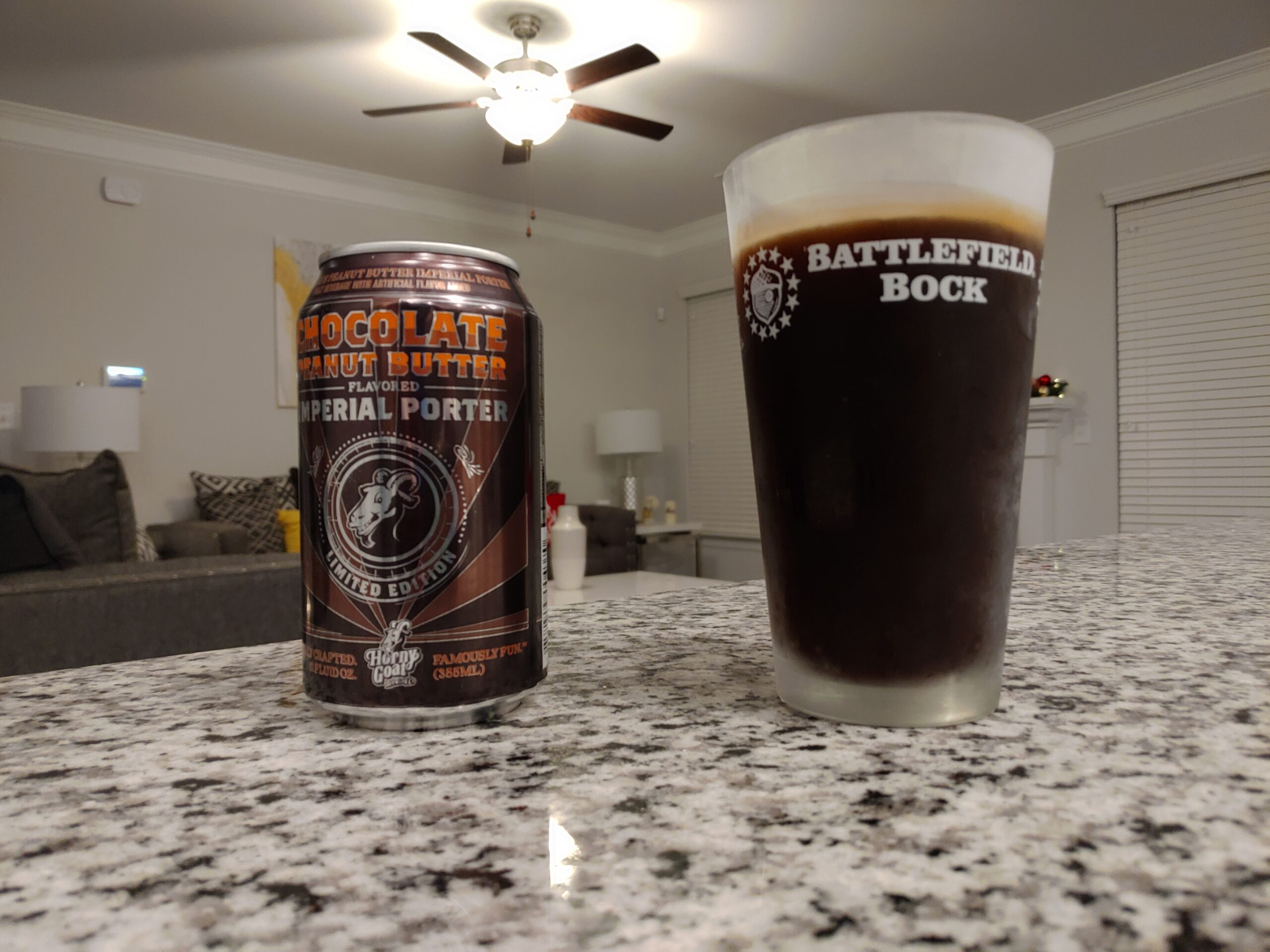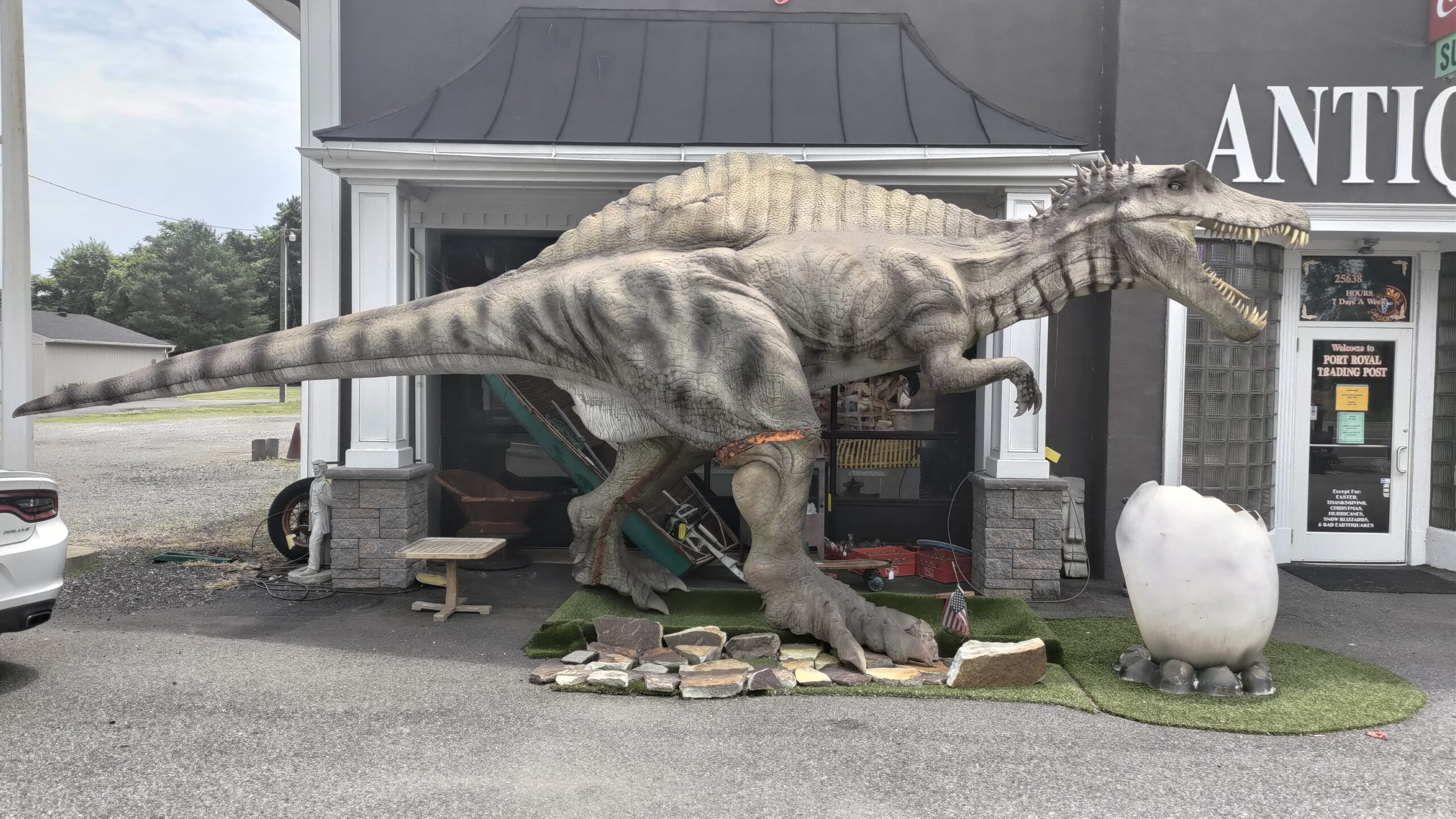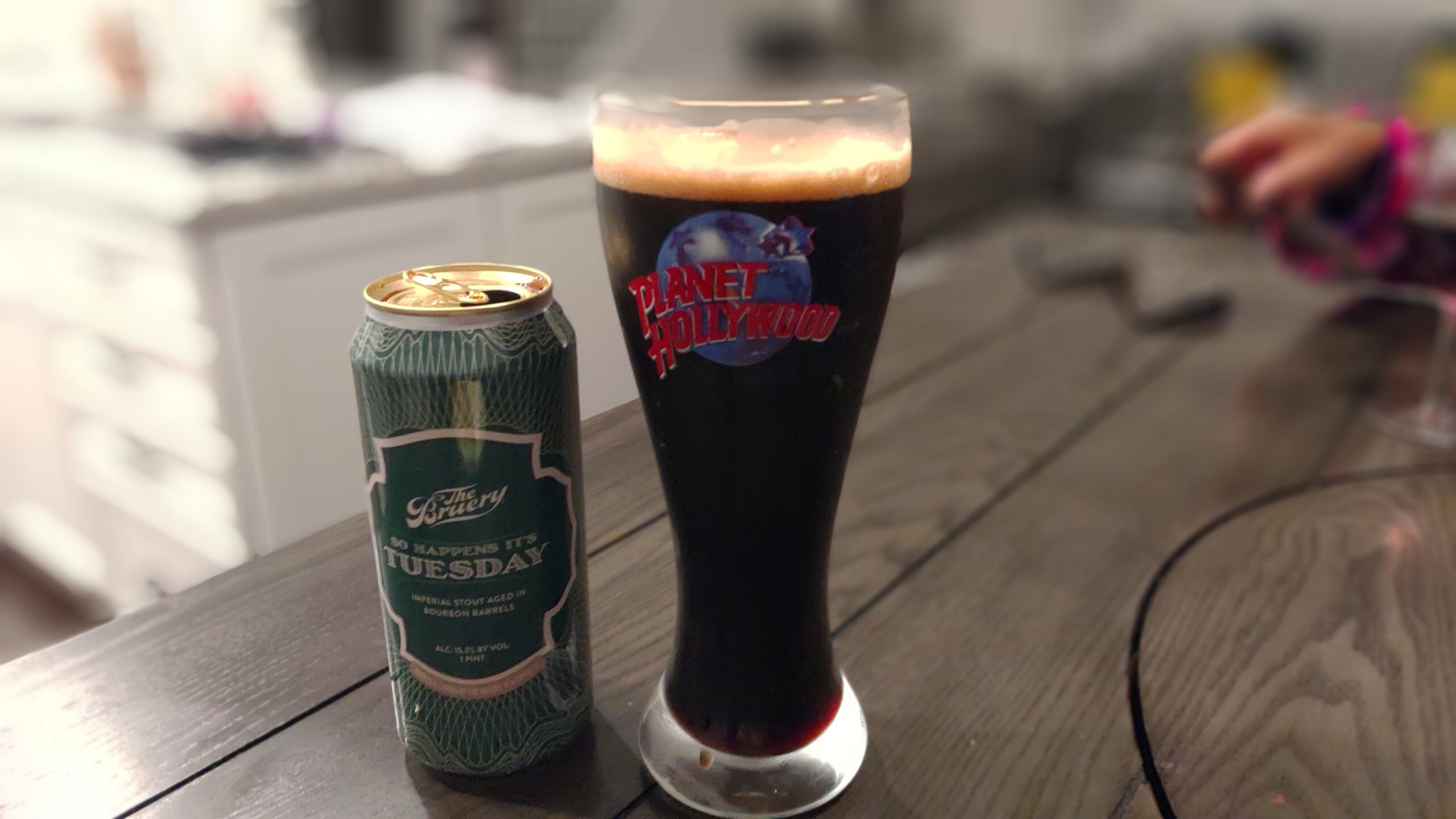fresh web design packages that converts clients
When setting up a new website for a client, it is common to include a number of standard web pages that serve specific purposes and provide essential information to the website's visitors. Some of the most common web pages that are typically included in a website design package are outlined here.
Web design packages
@ameliamorris
web packages that are more than what you need and heavy on design and light on converting visitors to customers are wasted money.
Web Design Package
Custom Web Design
This is for the average small to medium size company that would like to increase their internet profile.
$
1,000
2,000
Perfect Plan for Larger Teams
This package is designed for a company that needs more assistance, further technical support or simply want to delegate the requirements.
$
1,500
3,000
Custom Web Design
This is for the average small to medium size company that would like to increase their internet profile.
$
2,500
4,000
Here are the common pages that should appear on most web sites.
- Home Page: Introduction to the website, including a concise overview, key features, and navigation to other pages. This is obvious.
- About Us Page: Information about the company, its mission, values, team members, and history.
- Services/Products Page: Details about the services or products offered, including descriptions, features, pricing, and any relevant images or videos.
- Contact Us Page: Contact information such as phone number, email address, physical address, and a contact form for visitors to reach out.
- Portfolio/Gallery Page: Showcase of previous work or projects, including images, descriptions, and links to more details. Not always necessary.
- Testimonials Page: Reviews and testimonials from satisfied clients or customers, demonstrating the credibility and quality of the business. If you are service organization this is a must.
- FAQ Page: Frequently Asked Questions and their answers, addressing common queries and providing helpful information. This page is a response to common customer's resistance to making a purchase.
- Blog/Articles Page: A section for blog posts or articles related to the industry, providing valuable insights, tips, and updates.
- Privacy Policy Page: Information on how user data is collected, stored, and used, including details about cookies, data protection, and compliance.
- Terms and Conditions Page: Legal terms and conditions that outline the rules and obligations for users when accessing and using the website or its services.
- Social Media Links: Links to the company's social media profiles to encourage engagement and provide updates to followers.
- Search Page: A search bar or functionality that allows users to search for specific content or products within the website. This page is optional and sometime unnecessary.
- Error Pages (e.g., 404 Page): Customized pages that display when users encounter errors, providing guidance or suggesting alternative paths.
- Login/Registration Page: For websites with user accounts, a page where users can log in or create new accounts.
- Sitemap: A hierarchical overview of all the pages and content on the website, aiding in navigation and search engine crawling.




